Full text
PDF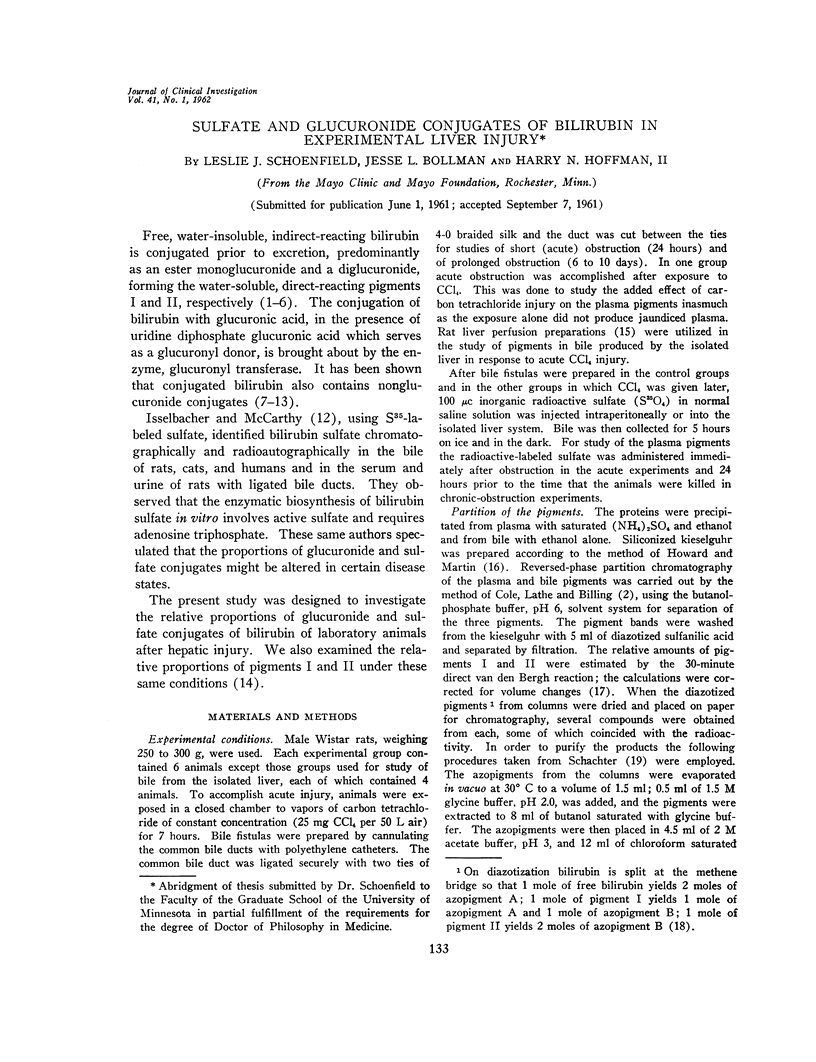
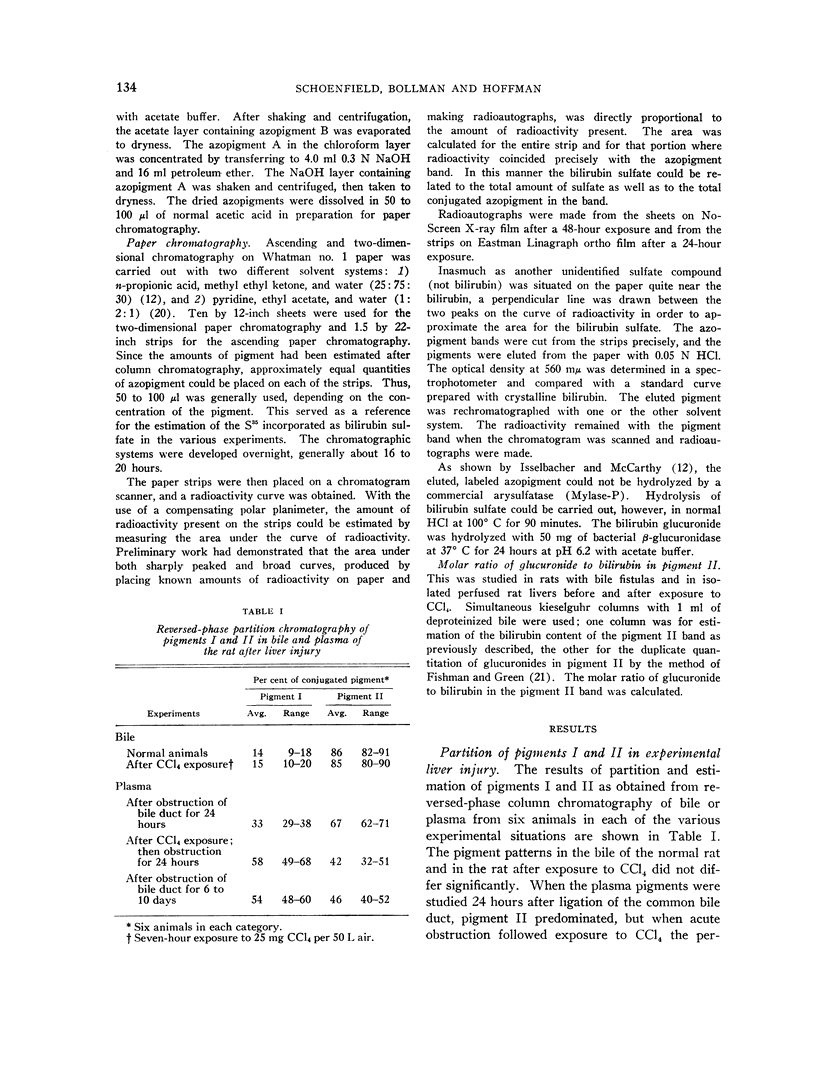
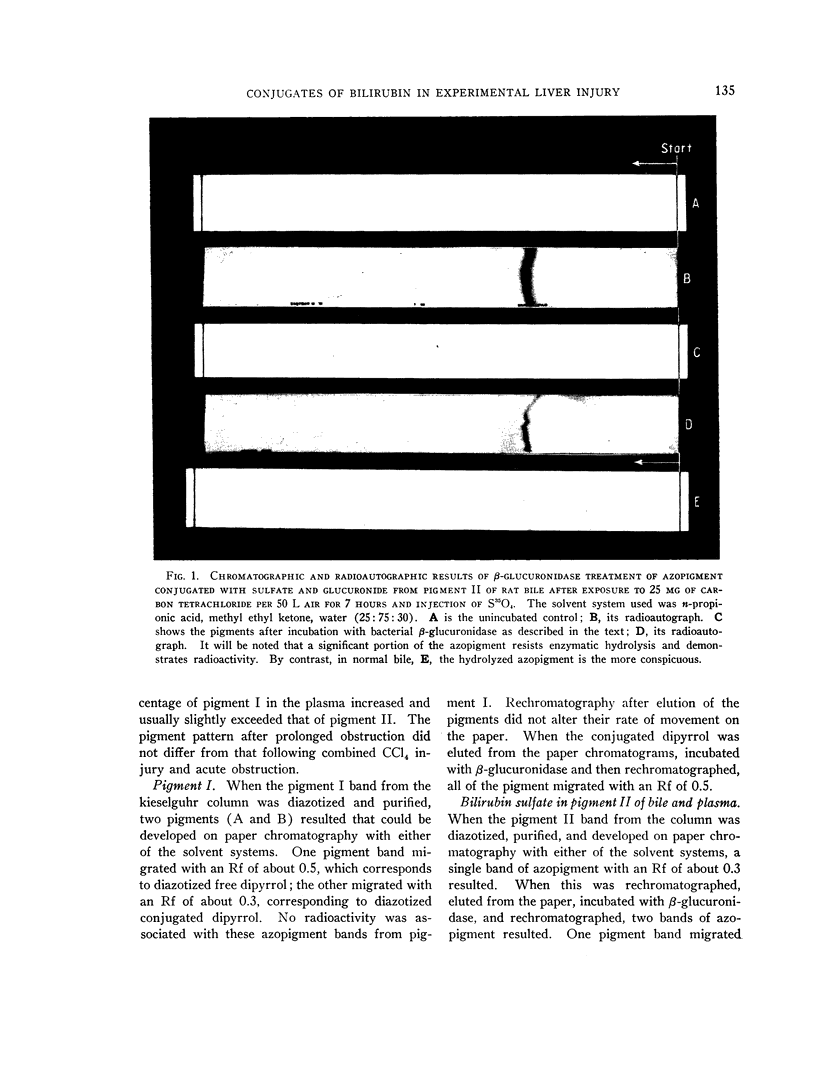
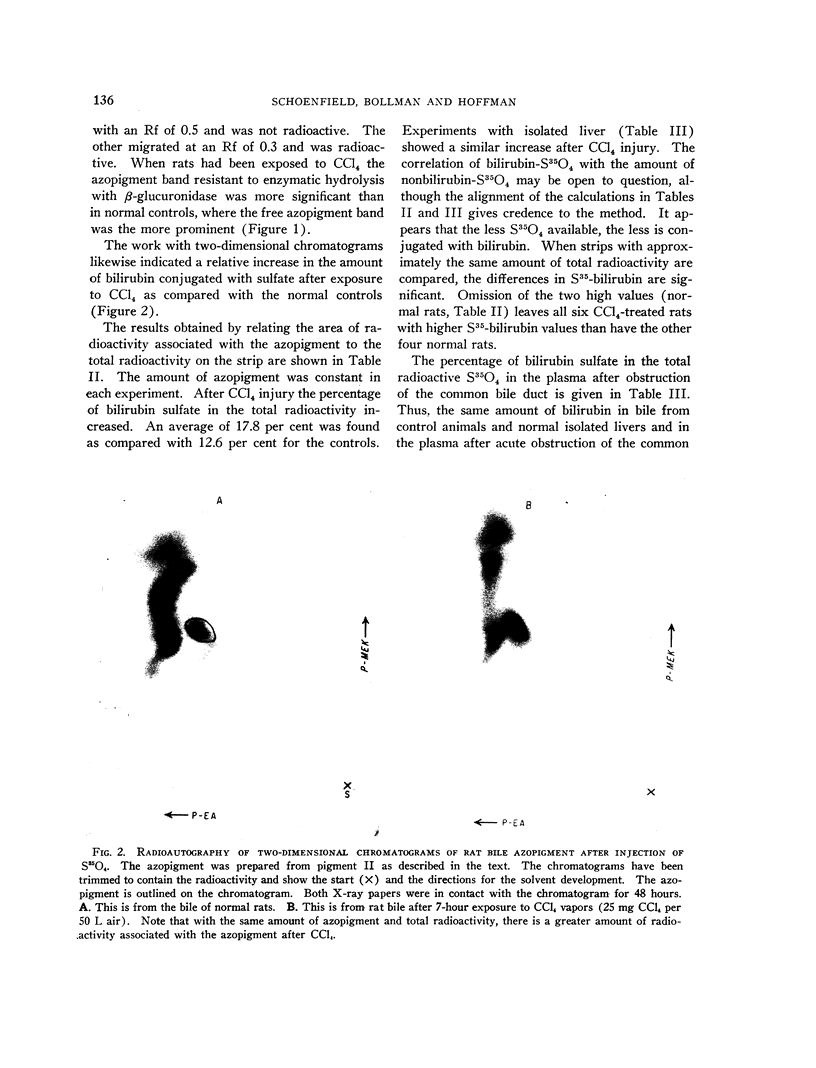
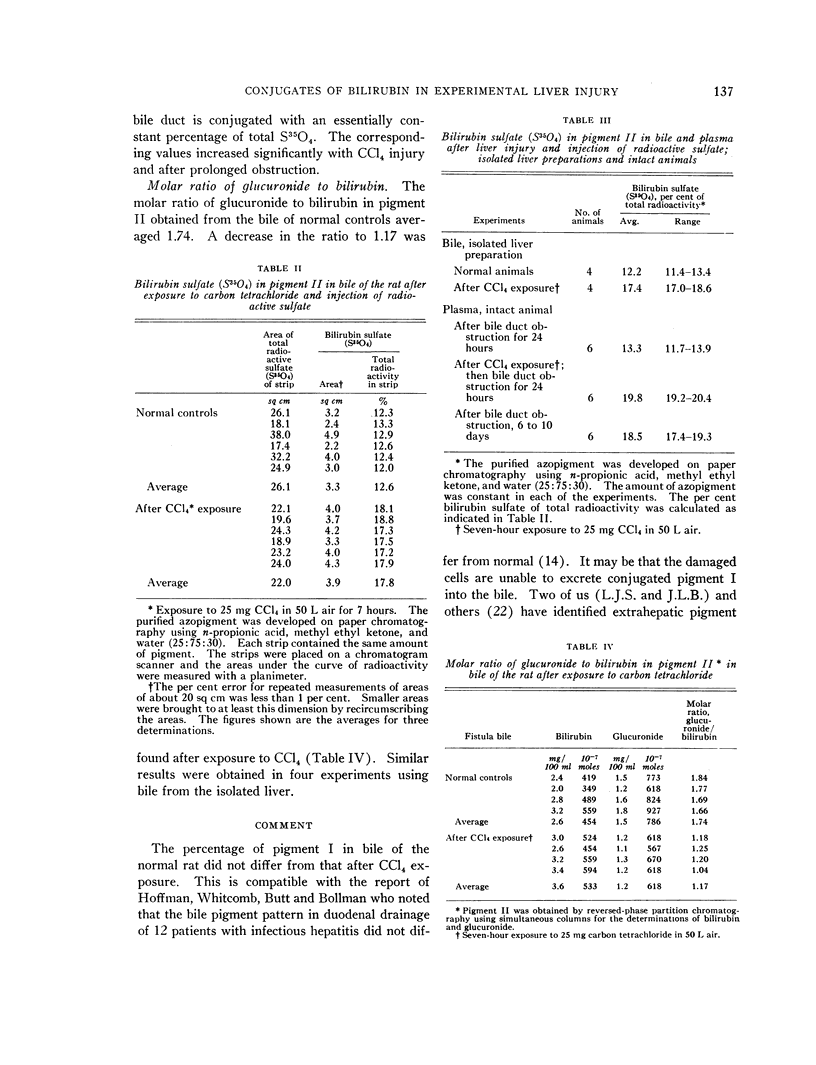
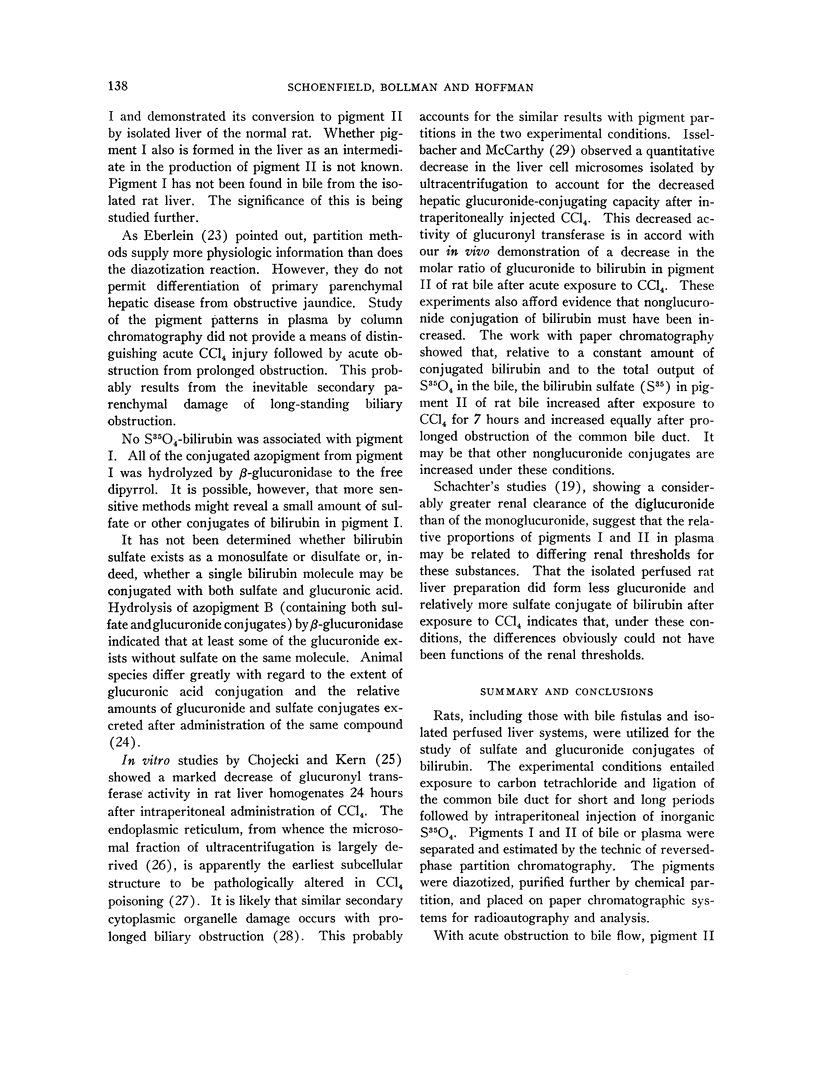
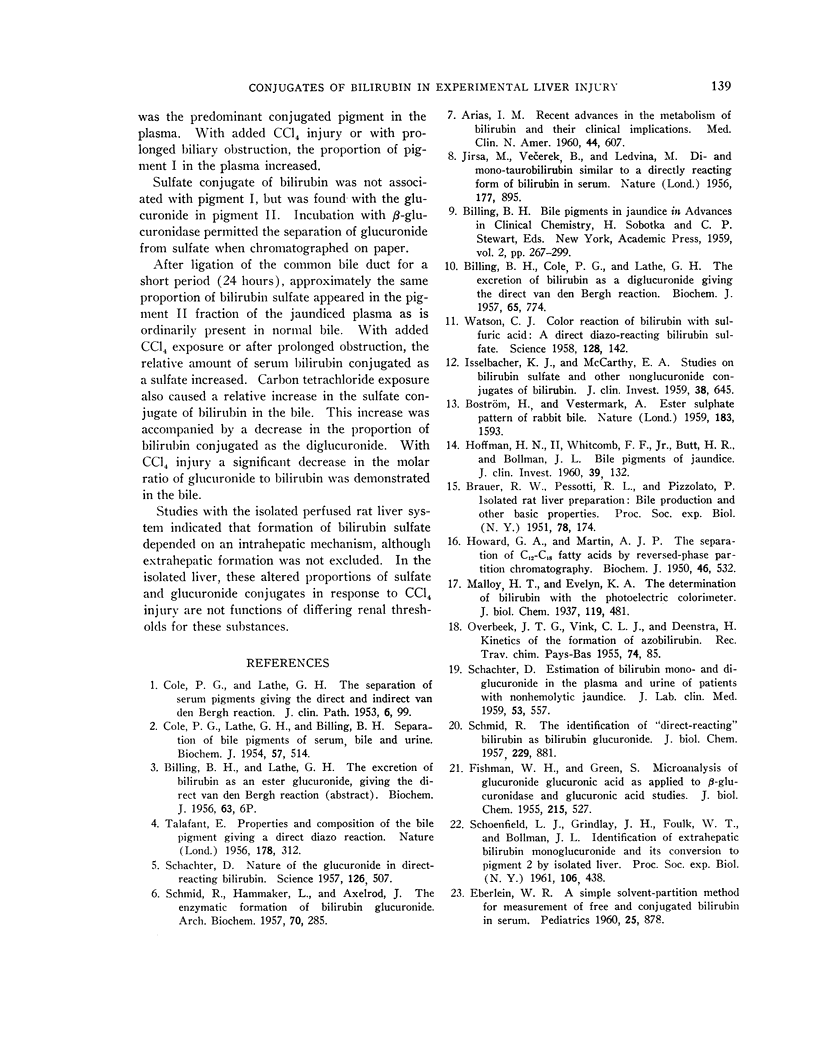
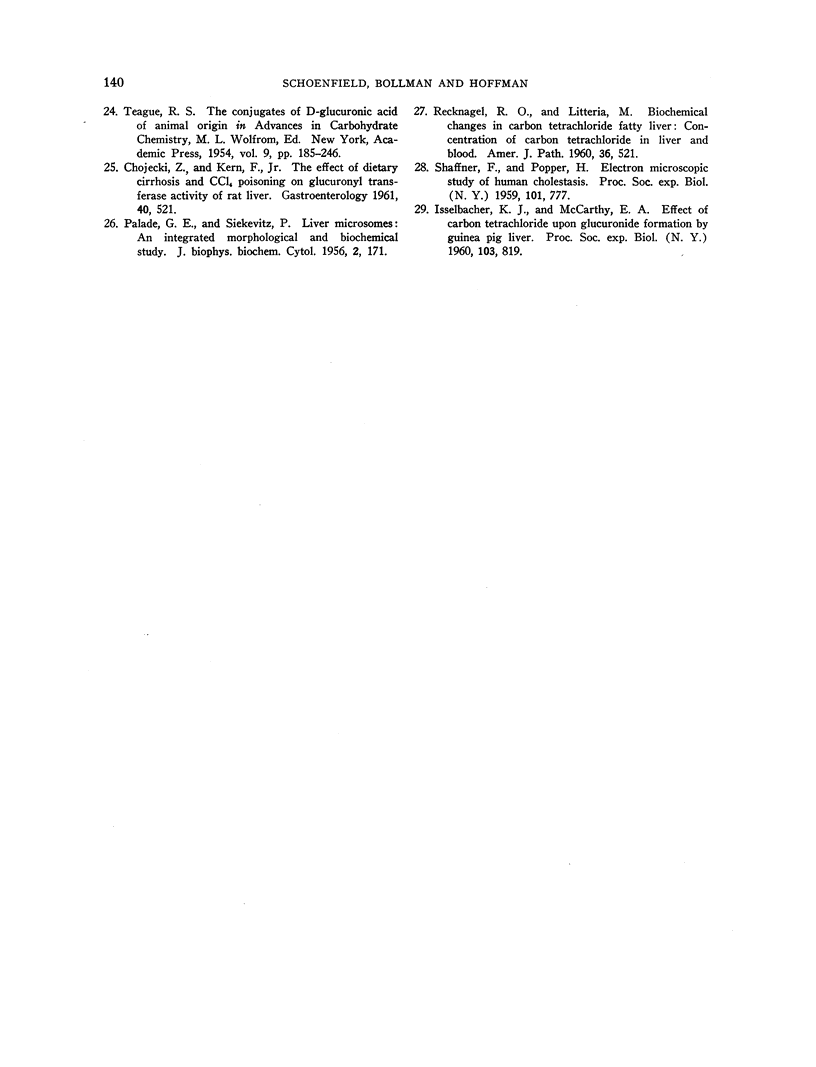
Images in this article
Selected References
These references are in PubMed. This may not be the complete list of references from this article.
- BILLING B. H., COLE P. G., LATHE G. H. The excretion of bilirubin as a diglucuronide giving the direct van den Bergh reaction. Biochem J. 1957 Apr;65(4):774–784. doi: 10.1042/bj0650774. [DOI] [PMC free article] [PubMed] [Google Scholar]
- BOSTROM H., VESTERMARK A. Ester sulphate pattern of rabbit bile. Nature. 1959 Jun 6;183(4675):1593–1594. doi: 10.1038/1831593b0. [DOI] [PubMed] [Google Scholar]
- BRAUER R. W., PESSOTTI R. L., PIZZOLATO P. Isolated rat liver preparation; bile production and other basic properties. Proc Soc Exp Biol Med. 1951 Oct;78(1):174–181. doi: 10.3181/00379727-78-19012. [DOI] [PubMed] [Google Scholar]
- CHOJECKI Z., KERN F., Jr The effect of dietary cirrhosis and CC1- poisoning on glucuronyl transferase activity of rat liver. Gastroenterology. 1961 Apr;40:521–531. [PubMed] [Google Scholar]
- COLE P. G., LATHE G. H., BILLING B. H. Separation of the bile pigments of serum, bile and urine. Biochem J. 1954 Jul;57(3):514–518. doi: 10.1042/bj0570514. [DOI] [PMC free article] [PubMed] [Google Scholar]
- COLE P. G., LATHE G. H. The separation of serum pigments giving the direct and indirect van den Bergh reaction. J Clin Pathol. 1953 May;6(2):99–104. doi: 10.1136/jcp.6.2.99. [DOI] [PMC free article] [PubMed] [Google Scholar]
- FISHMAN W. H., GREEN S. Microanalysis of glucuronide glucuronic acid as applied to beta-glucuronidase and glucuronic acid studies. J Biol Chem. 1955 Aug;215(2):527–537. [PubMed] [Google Scholar]
- HOFFMAN H. N., 2nd, WHITCOMB F. F., Jr, BUTT H. R., BOLLMAN J. L. Bile pigments of jaundice. J Clin Invest. 1960 Jan;39:132–142. doi: 10.1172/JCI104011. [DOI] [PMC free article] [PubMed] [Google Scholar]
- HOWARD G. A., MARTIN A. J. P. The separation of the C12-C18 fatty acids by reversed-phase partition chromatography. Biochem J. 1950 May;46(5):532–538. doi: 10.1042/bj0460532. [DOI] [PMC free article] [PubMed] [Google Scholar]
- ISSELBACHER K. J., McCARTHY E. A. Effect of carbon tetrachloride upon glucuronide formation by guinea pig liver. Proc Soc Exp Biol Med. 1960 Apr;103:819–822. doi: 10.3181/00379727-103-25682. [DOI] [PubMed] [Google Scholar]
- ISSELBACHER K. J., McCARTHY E. A. Studies on bilirubin sulfate and other nonglucuronide conjugates of bilirubin. J Clin Invest. 1959 Apr;38(4):645–651. doi: 10.1172/JCI103842. [DOI] [PMC free article] [PubMed] [Google Scholar]
- JIRSA M., VECEREK B., LEDVINA M. Di- and mono-taurobilirubin similar to a directly reacting form of bilirubin in serum. Nature. 1956 May 12;177(4515):895–895. doi: 10.1038/177895a0. [DOI] [PubMed] [Google Scholar]
- PALADE G. E., SIEKEVITZ P. Liver microsomes; an integrated morphological and biochemical study. J Biophys Biochem Cytol. 1956 Mar 25;2(2):171–200. doi: 10.1083/jcb.2.2.171. [DOI] [PMC free article] [PubMed] [Google Scholar]
- RECKNAGEL R. O., LITTERIA M. Biochemical changes in carbon tetrachloride fatty liver: concentration of carbon tetrachloride in liver and blood. Am J Pathol. 1960 May;36:521–531. [PMC free article] [PubMed] [Google Scholar]
- SCHACHTER D. Estimation of bilirubin mono- and diglucuronide in the plasma and urine of patients with nonhemolytic jaundice. J Lab Clin Med. 1959 Apr;53(4):557–562. [PubMed] [Google Scholar]
- SCHACHTER D. Nature of the glucuronide in direct-reacting bilirubin. Science. 1957 Sep 13;126(3272):507–508. doi: 10.1126/science.126.3272.507-a. [DOI] [PubMed] [Google Scholar]
- SCHAFFNER F., POPPER H. Electron microscopic study of human cholestasis. Proc Soc Exp Biol Med. 1959 Aug-Sep;101:777–779. doi: 10.3181/00379727-101-25091. [DOI] [PubMed] [Google Scholar]
- SCHMID R., HAMMAKER L., AXELROD J. The enzymatic formation of bilirubin glucuronide. Arch Biochem Biophys. 1957 Jul;70(1):285–288. doi: 10.1016/0003-9861(57)90103-0. [DOI] [PubMed] [Google Scholar]
- SCHMID R. The identification of direct-reacting bilirubin as bilirubin glucuronide. J Biol Chem. 1957 Dec;229(2):881–888. [PubMed] [Google Scholar]
- SCHOENFIELD L. J., GRINDLAY J. H., FOULK W. T., BOLLMAN J. L. Identification of extrahepatic bilirubin monoglucuronide and its conversion to pigment 2 by isolated liver. Proc Soc Exp Biol Med. 1961 Feb;106:438–441. doi: 10.3181/00379727-106-26362. [DOI] [PubMed] [Google Scholar]
- TALAFANT E. Properties and composition of the bile pigment giving a direct diazo reaction. Nature. 1956 Aug 11;178(4528):312–312. doi: 10.1038/178312a0. [DOI] [PubMed] [Google Scholar]
- TEAGUE R. S. The conjugates of d-glucuronic acid of animal origin. Adv Carbohydr Chem. 1954;9:185–246. doi: 10.1016/s0096-5332(08)60376-8. [DOI] [PubMed] [Google Scholar]
- WATSON C. J. Color reaction of bilirubin with sulfuric acid: a direct diazo-reacting bilirubin sulfate. Science. 1958 Jul 18;128(3316):142–143. doi: 10.1126/science.128.3316.142. [DOI] [PubMed] [Google Scholar]




